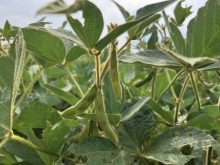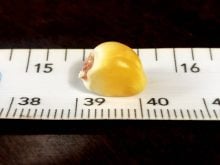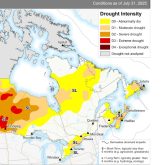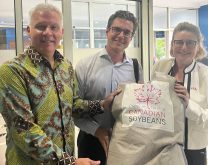Researchers at North Carolina State University have found that soybean crops planted near pollinator habitat produce larger soybeans than crops not planted near pollinator habitat.
“Even though soybeans are not thought of as being dependent on pollinators, we found that soybean plants are still attractive to bees,” says Hannah Levenson, a postdoctoral research scholar at North Carolina State and corresponding author of a paper on the work.
She says unlike crops such as blueberries or strawberries that are considered to be pollinator dependent, little work has been done on crops that aren’t considered pollinator dependent.
Read Also
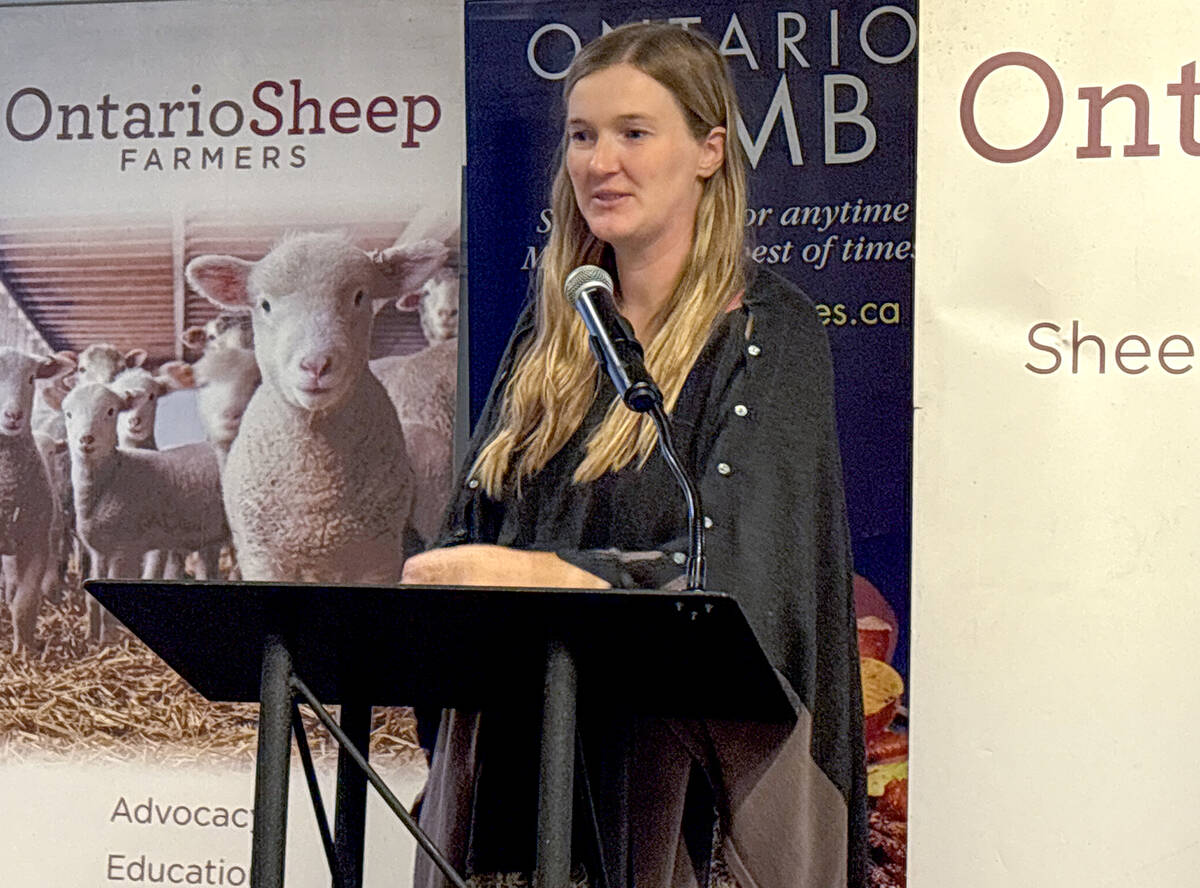
Footflats Farm recognized with Ontario Sheep Farmers’ DLF Pasture Award
Gayla Bonham-Carter and Scott Bade, of Footflats Farm, win the Ontario Sheep Farmers’ 2025 DLF Ontario Pasture Award for their pasture management and strategies to maximize production per acre.
“We wanted to know how having pollinator habitat near soybean fields would affect both bee species and crop yields for the soybeans.”
For the study, researchers worked at eight research stations across North Carolina. At each station, they evaluated two soybean fields. One was adjacent to an established area of pollinator habitat, and one was as far away as possible – generally just under one kilometre away.
The pollinator habitat was created by planting wildflower seed mixes in unused land near fields. The habitat could be grown in areas that aren’t amenable to crop cultivation, or on land that can be used to grow crops but had not been cultivated that season due to crop rotation or other factors.
To assess impact on bees, the researchers did two things. First, they surveyed bee communities in both soybean fields and the pollinator habitat at each research station. The surveys consisted of a detailed visual assessment to establish the overall abundance of bees, as well as which species were present at each location.
The research team also collected pollen samples from three of the most common bee species, allowing them to determine which plants the bees were visiting.
“From the survey, we found that the bee communities in the pollinator habitats were completely distinct from the bee communities in the distant soybean fields,” Levenson says. “The bee communities in the soybean fields adjacent to pollinator habitats were something of a mixture, including elements of both of the other groups. The habitat-adjacent fields were fairly similar to the distant soybean fields but had bee communities that were clearly influenced by the nearby pollinator habitat.”
“From the pollen samples, we learned that all of the bees we found in any of the soybean fields were actively visiting soybean flowers,” says April Sharp, co-author of the paper and a graduate student at NC State.
The researchers also found that bees in the soybean fields located far from pollinator habitats were often leaving the soybean fields to visit flowers completely outside the study area. Bees in soybean fields that were adjacent to the pollinator habitat were less likely to leave the study area.
“This suggests that having pollinator habitat nearby is beneficial to bees in the soybean fields,” Levenson says.
To assess the impact on crop yields, researchers collected 30 soybean plants from each of the fields at harvest time. They counted the number of seeds – or soybeans – per pod, the total number of seeds per plant and the weight of those seeds.
“We found that the number of seeds was similar for fields near pollinator habitat and fields that were far away,” Levenson says. “However, plants in fields that were adjacent to pollinator habitat produced seeds that were 6.5 per cent heavier than the seeds from plants in distant fields.”






